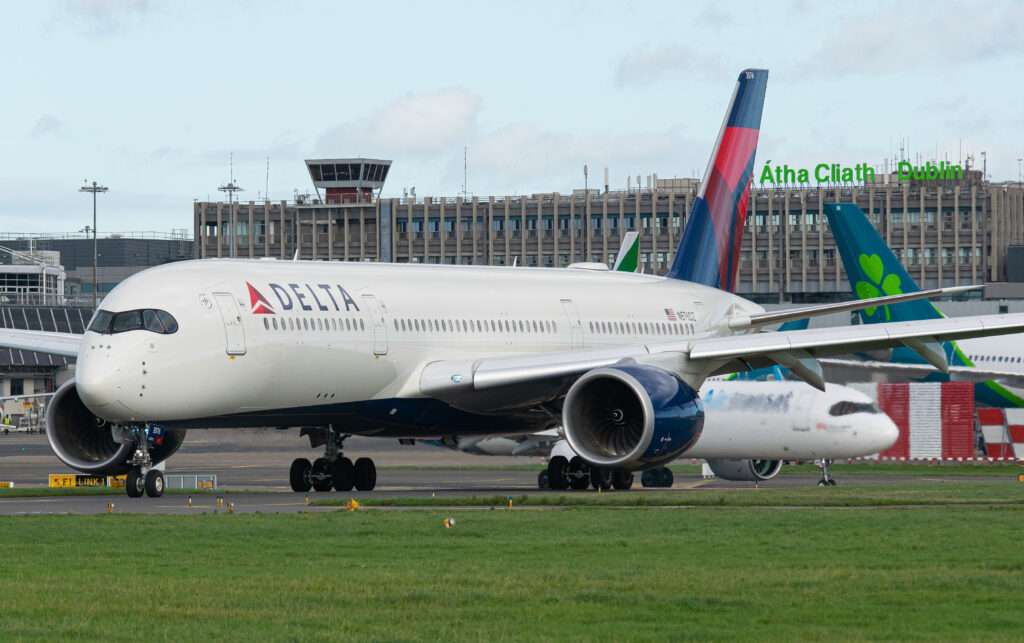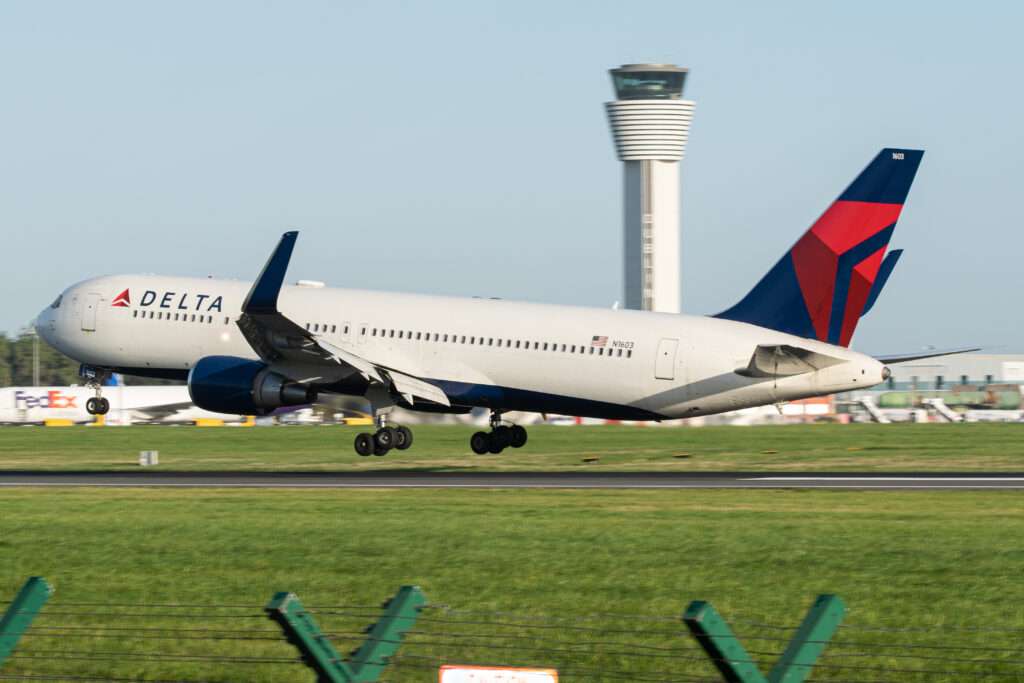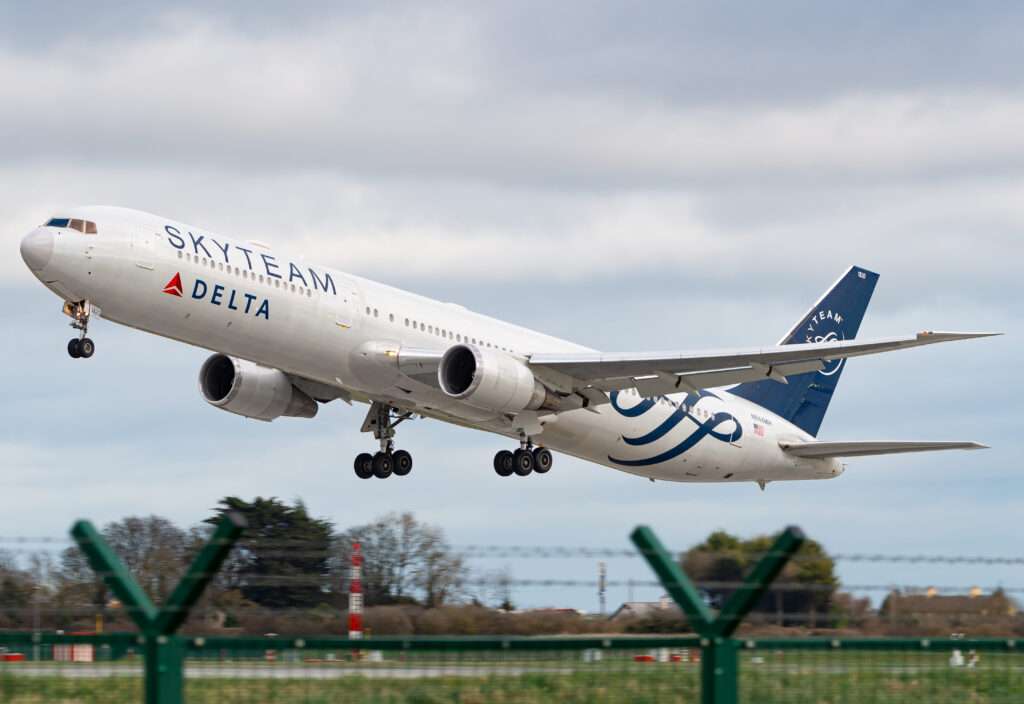Delta Air Lines, a major American airline known for its reputation for reliability and customer service, boasts a rich history that began not in the skies, but in the fields.
This article explores Delta’s fascinating journey, from its humble beginnings as an agricultural dusting service to its current status as a leading global carrier.
Taking Flight: The Early Days (1924-1940)
The story of Delta Air Lines starts in 1924 with the establishment of Huff Daland Dusters Inc., the world’s first aerial crop dusting operation.
Founded in Georgia to combat the devastating boll weevil infestation plaguing cotton crops, Huff Daland Dusters utilized specially designed aircraft to disperse insecticides.

C.E. Woolman, a visionary leader who would become Delta’s first CEO, recognized the potential for this innovative technology beyond agriculture.
In 1928, Woolman led a group of investors to acquire Huff Daland Dusters’ assets, forming Delta Air Service.
The company, named after the Mississippi Delta region it served, transitioned into passenger service the following year.
However, initial efforts were hampered by the lack of a crucial revenue stream: airmail contracts.
A turning point arrived in 1934 with the passage of the Air Mail Act. This legislation, enacted after an airmail scandal, reformed the awarding of airmail contracts.
Delta secured its first contract and began scheduled passenger service on Mail Route 24, connecting Fort Worth, Texas, with Charleston, South Carolina.
This marked the birth of Delta Air Lines, a name officially adopted in 1945.
The 1940s saw further growth for Delta.
In 1941, the company strategically relocated its headquarters from Monroe, Louisiana, to Atlanta, Georgia, a decision that positioned Delta for future expansion in the burgeoning southeastern aviation hub.
World War II also presented unique opportunities.
While civilian operations were curtailed, Delta provided vital airlift services for the war effort, contributing to the company’s experience and expertise.
Post-War Expansion and Innovation (1945-1970)
The post-war era witnessed a surge in commercial air travel, and Delta actively capitalized on this trend.
The airline embraced technological advancements, acquiring its first DC-3 aircraft in 1946.

This iconic propeller plane offered increased passenger capacity and range, allowing Delta to expand its route network and cater to growing demand.
Delta also pioneered innovations in commercial aviation.
In 1949, the company launched the first “Skycoach” discounted fares between Chicago and Miami, making air travel more accessible to a wider range of passengers.
This strategy of offering budget-friendly options alongside premium services proved successful and has been adopted by airlines worldwide.
Strategic acquisitions further fueled Delta’s growth.
In 1953, the company acquired Chicago and Southern Air Lines, gaining access to new markets and its first international routes to Latin America.
This move marked Delta’s entry into the global aviation landscape.
The Jet Age and Consolidation for Delta Air Lines (1970-2000)
The arrival of the jet age in the 1960s revolutionized air travel.
Delta, recognizing the potential of jetliners, invested heavily in Boeing 747s and other jet aircraft.
These faster, more efficient planes enabled Delta to extend its reach significantly, offering long-haul flights across the Atlantic and Pacific Oceans.
The airline industry, however, faced challenges in the late 20th century.
Deregulation in the 1970s led to increased competition, forcing airlines to streamline operations and forge strategic alliances.
Delta responded by focusing on cost-efficiency, improving customer service, and building a strong brand reputation.

In 1987, Delta embarked on a major marketing campaign with the now-iconic “We Love to Fly and It Shows” slogan.
This campaign emphasized Delta’s commitment to passenger experience and helped solidify the airline’s position as a leader in customer service.
The 1990s saw further consolidation within the airline industry.
Delta merged with Western Airlines in 1987, followed by a pivotal merger with Northwest Airlines in 2008.
This merger created the world’s largest airline by passenger traffic at the time, expanding Delta’s global network and solidifying its position as a major player in the industry.
The 21st Century for Delta Air Lines…
The 21st century has brought its own set of challenges for Delta.
The September 11th terrorist attacks & COVID-19 severely impacted the airline industry, and Delta was not spared.
However, the company demonstrated resilience, implementing cost-cutting measures and restructuring its operations for long-term sustainability.
Delta has also continued to embrace innovation in the 21st century. All eyes will be on what is in store for the future at the airline.

Click the banner to subscribe to our weekly newsleter.

Click the photo to join our WhatsApp channel so then you can stay up to date with everything going on in the aviation industry!









